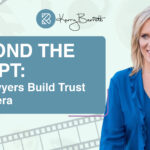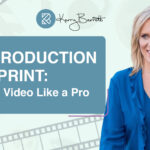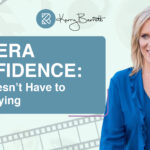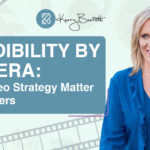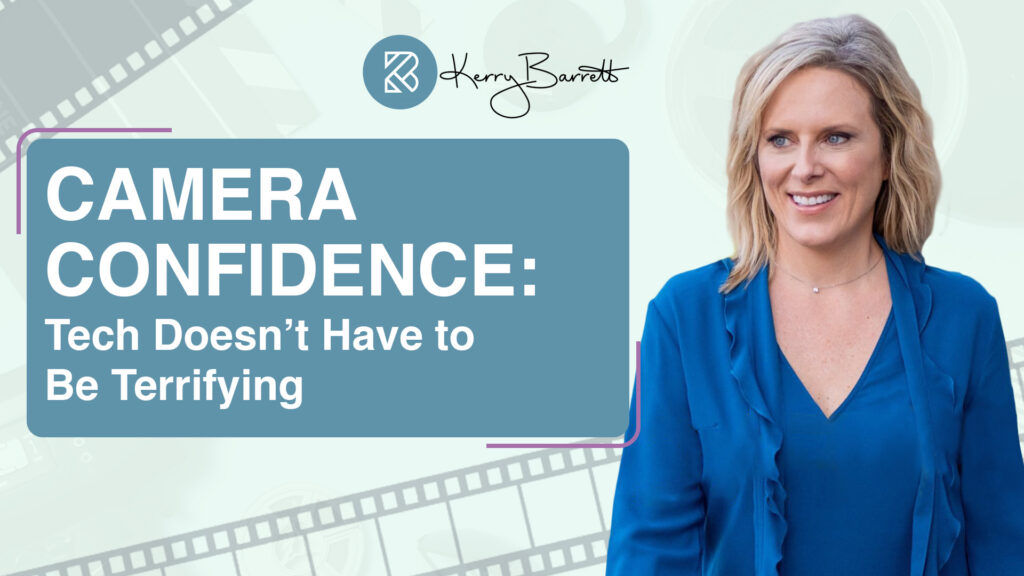
What is the bare minimum a lawyer needs to create professional video content?
At the most basic level, all you need is your face, your voice, and your phone. While this minimal setup can get you started, there are a few inexpensive and effective tools that can significantly improve your video quality. These include a good microphone, proper lighting, and proper framing. Smartphones today have broadcast-quality video capabilities, but without understanding a few key elements—like lighting and sound—even great cameras can still produce amateur-looking results.
Why is lighting, sound, and framing so important?
Most videos that fall flat do so because of poor lighting, unclear audio, or bad framing. Each of these elements plays a critical role in how professional and trustworthy you appear on screen. Good lighting makes you look polished. Clear audio ensures your message is heard. Proper framing helps establish connection and trust with your viewer. These visual and auditory cues all contribute to your perceived authority.
What kind of microphone should I use?
The type of microphone depends on the content you’re creating. For short-form social media videos (like Instagram Reels, LinkedIn videos, TikTok, or YouTube Shorts), a simple clip-on lavalier microphone like the Hollyland is ideal. It connects easily to your phone and provides clear, direct sound—especially useful when recording outside where wind and ambient noise can interfere. For long-form or podcast-style content, consider investing in a high-quality external mic like a Shure, Rode, or Yeti.
How do I get the best lighting for my videos?
Natural light is the easiest and most accessible option—just face a window and place your phone between you and the light source. If you’re recording regularly, you might benefit from investing in additional lighting, like one light in front of you and two at 45-degree angles on either side. Balanced lighting ensures you’re evenly lit and helps maintain a professional appearance. Many professionals also work with their space to identify a consistent “studio spot” in their home or office.
How should I frame myself in the shot?
Proper framing is about presenting yourself in a way that builds trust. Think of how news anchors appear on screen—typically from the chest up, with minimal space above their head and balanced margins on either side. This tight framing allows viewers to focus on your eyes, helping create a psychological sense of connection. Keep the camera at eye level or slightly above, and aim to position your face in the center third of the screen (using the rule of thirds).
Does gear matter more than delivery?
They both matter, but in different ways. Your gear—lighting, sound, and framing—helps create a visually professional appearance. But your delivery is what truly engages your audience. You can have a flawless setup, but if your energy is flat or you appear unsure of yourself, it won’t land. Speak on camera like you would in a noisy restaurant: lean in, project your voice, use purposeful hand gestures. That kind of intention carries well on video and helps keep your audience engaged.
How can I become more confident and natural on camera?
Practice is key. Start by recording yourself for 30 seconds a day—talking about anything. Watch the playback and focus on one area to improve (like eye contact or reducing filler words). Don’t try to fix everything at once. When you focus on small, specific improvements over time, your confidence and competence will grow. Eventually, it becomes enjoyable—and even fun—because you know how to push your limits and try new techniques with skill.
What are the best tips for setting up a video space at home or in an office?
Avoid recording directly in video platforms like Loom, which often compress audio quality. Use your phone instead, and set it up on a tripod for stability. Always use the rear-facing camera, not selfie mode—it’s higher quality and less prone to distortion. If you’re concerned about framing without seeing yourself, invest in a small external monitor or use a reflective clip-on device that shows your position. You can also enable the grid setting on your phone’s camera to help align your face in the center box, following the rule of thirds.
Should I use green screens or fake virtual backgrounds?
Generally, no. Most virtual backgrounds look unprofessional due to poor lighting or movement distortion (like choppy edges around your hands or head). Unless your lighting is perfect, they can come across as sloppy. Plus, branded or heavily produced backgrounds can feel like a sales pitch—something viewers instinctively recoil from. If your firm requires branding in the background, use a clean, real backdrop with subtle elements that enhance, rather than distract.
What checklist should I run through before hitting record?
Here’s a simple but effective checklist:
- Framing: Make sure your face is centered in the screen’s middle third.
- Sound: Use a clip-on or external mic depending on your content type.
- Lighting: Ensure your face is well-lit, ideally with natural or balanced artificial light.
- Delivery: Speak clearly, confidently, and with energy. Practice beforehand by recording short takes.
- Practice plan: Work on one improvement area at a time (eye contact, pacing, energy, etc.).
- Phone settings: Use the rear-facing camera, activate grid mode, and set your phone on a stable tripod.
Remember, consistent short practice sessions (just five minutes a day) are more effective than sporadic long ones. Skill builds over time and repetition—not through occasional efforts.
What should I do if I blank or freeze during a live video or webinar?
It happens to everyone. The best remedy is preparation. Know your opening and closing lines cold—these are what people remember most. Practice so much that your content becomes second nature. When you’re confident in your material, it’s easier to recover from a stumble. And if you do lose your place, pause, take a breath, smile, and reset. Audiences are more forgiving than we think, and showing composure under pressure actually boosts your credibility.
